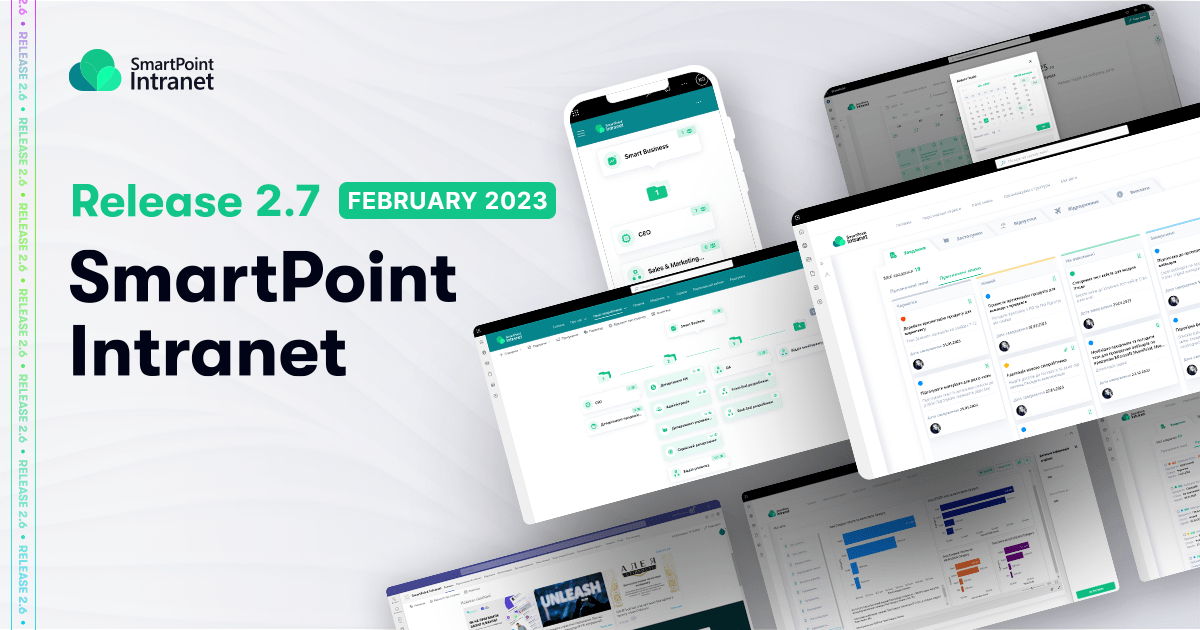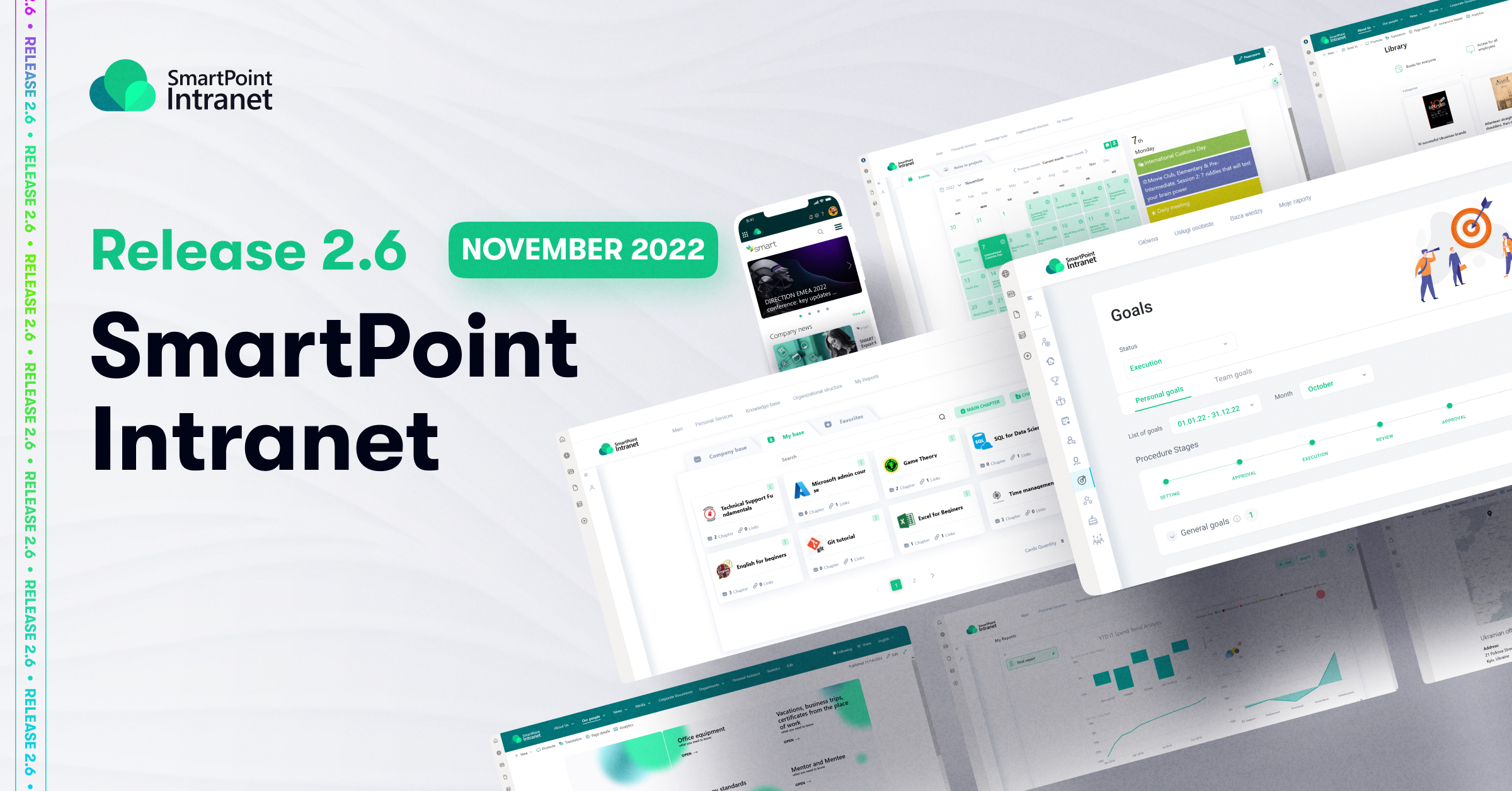Those who experience burnout at work are not those who are indifferent, but rather those who sincerely invest their internal resources in colleagues, business partners, clients, an unending stream of tasks, or a certain long-term and energy-consuming goal. Burnout affects those who possess what is often called an inner fire—a professional spark—without which there is nothing.
Let’s envision a marathon: your company’s employees are lined up at the starting line. The steward, your project manager (PM), blows the whistle, initiating an important business task. The runners take off! The eager newcomer expends all their energy trying to outpace others, but the distance is vast, and they quickly run out of breath. Meanwhile, the senior champion, tired of monotonous marathons, no longer finds joy in running, indifferent to whether they win or lose. Nearby, the marathon is observed by a coach or an entire team—the HR department—wholeheartedly cheering for their athletes and looking out for everyone’s well-being. As the race concludes, the HR coach advises the senior runner to take a break from intense competition, perhaps opting for shorter distances. The junior newcomer is given time and opportunity to recover, catch their breath, and find a balance in their work—essential steps to prevent burnout and stay on the right path. However, like firefighters who courageously battle blazes, HR professionals risk getting burned themselves and end up suffering from burnout as they tackle others’ internal fires.
We offer to understand the causes, symptoms, and consequences of burnout among HR professionals. We will share effective and practical solutions that will help prevent burnout at work, and thus preserve the mental health of your entire team.
History of burnout at work
To begin with, let’s figure out what professional burnout is, since people often confuse this concept with certain short-term phenomena that most people face on a daily basis. Let’s say you’ve had a busy week at work, and you feel tired or suddenly emotionally exhausted after a tense discussion regarding some specific tasks. You failed to meet your deadlines, had to work overtime, and had to postpone your evening plans; thus, your mood was affected by these events. It sounds familiar, doesn’t it?
Take a breath. If your frustration, exhaustion, or negative emotions can be alleviated by a good nap or a day off spent doing things you love with loved ones, then it’s not professional burnout—it’s a common experience. After all, everyone faces challenges, and that’s normal!
If every new working day for a long time begins to cause you anxiety, fear, sadness, or completely opposite feelings: apathy, indifference to your favorite work that used to bring you joy, and most importantly, it is not cured by taking days off, vacations, or normal sleep—we can safely say that we are dealing with professional burnout. In other words, negative emotional and physical symptoms that a person has been experiencing for a long time are the key warning signs.
Subsequently, if immediate and effective measures are not taken immediately, mental health begins to impact physical well-being. Immunity weakens, fatigue sets in, and cognitive function declines—clear indicators of advanced burnout syndrome.
What are the symptoms of professional burnout?
Considering the set of behavioral symptoms of professional burnout, an HR specialist can be compared to a real diagnostician, a kind of corporate Dr. House who does not rely exclusively on the patient’s words but looks wider and deeper. Indeed, employees are not used to initiating conversations where they share their feelings, not only about work but also about personal life problems, which are also a common cause of burnout at work. That’s why one of the HR department’s tasks is to build close relationships within the team so that everyone knows they will be listened to and supported. To do this, HR must be truly open and trusted, because people feel the formality of face-to-face communication when it is insincere and formal. Therefore, while other employees have a limited range of people they can open up to, an HR specialist is always forced to be open to a wider audience, which leads to a dynamic waste of emotional resources that takes time to recover, and if there is a critical lack of these resources, professional burnout is just around the corner.
Let’s take a look at the most common and obvious signs of such a devastating internal fire to understand how to recognize it:
- Decreased productivity is one of the first triggers that signals that you need to be alert and figure out why productivity has dropped significantly.
- Alienation. You or your colleague have become no longer interested in morning coffee talks, or you’ve become quite passive during group meetings, and it’s something you haven’t noticed before. During communication, you frequently become distracted by your own thoughts, the words of the interlocutor seem to pass you by.
- Dramatic emotional changes. This may include increased emotionality, aggression, conflicts, or, vice versa, a low mood, which is represented by a change in tone, a lack of communication, and even the fact that the cheerful emojis used in previous correspondence have disappeared;
- Frequent days off may indicate problems in your personal life, dealing with which requires a lot of time, which is very exhausting and tiring, as personal problems are compounded by problems at work.
Phases of professional burnout
All of these symptoms can occur in different phases of emotional burnout. Let’s briefly take a look at them using HR processes as an example:
- From enthusiasm to stagnation. At the beginning of their career, HR professionals often approach their work with enthusiasm. However, over time, certain aspects of the job may become routine and less engaging. Tasks like posting vacancies, processing candidate applications, and handling documentation can lose their initial appeal.
- Frustration. It occurs when there is a feeling of self-doubt and any doubts: a long search for a candidate for a complex position, endless multiple tasks, a large long-term project, and moral exhaustion.
- Apathy sets in when exhaustion becomes overwhelming. Motivation wanes, and productivity declines. HR professionals play a crucial role in maintaining strong relationships within the company, but burnout can hinder their ability to do so effectively.
- Burnout is the last state of emotional and physical exhaustion. At this point, HR specialists may struggle to meet hiring goals, execute strategic plans, and support employee development. These cornerstones are essential for a company’s overall success.
What are the causes of professional burnout among HR professionals?
After talking to HR specialists from various companies, we identified the main scenarios that cause burnout. Here are the most common ones:
- Dealing with a large number of job openings across different websites.
- Processing CVs from hundreds of candidates.
- Routine maintenance of reports consumes time and takes your focus away from creative tasks.
- Busy onboarding schedule that requires HR assistance at all stages
- Excessive number of tasks assigned to a small HR team.
- Lack of process automation.
- You often bury yourself in paperwork instead of working with people.
Did you find any points that apply to you? Well, then here is an invitation to get acquainted with modern solutions for building specific HR processes based on Microsoft technologies that will perform all routine tasks:
How to ignite the fire in others without ending up being burned out?
An HR specialist is a person who works every day with different types of employees and their changing moods and becomes a mediator between the candidate and the company, helping to overcome fears and doubts. HR is involved in dismissals, mitigating the level of tension at such moments, but emotional resources are exhaustible, and you should not push yourself to the point of complete devastation because that’s when our body becomes most vulnerable to emotional burnout.
That’s why it’s important to follow simple burnout prevention tips:
- Take a break from people. Find some activity that allows you to be yourself. While you spend most of your time listening to others, your inner self also wants to be heard: do some yoga, read or listen to an audiobook, color a picture by numbers, listen to your favorite music album, go for a run, etc. Feel free to be selfish for 1-2 hours, saying no to everyone but yourself.
- Seek out a good psychologist. You don’t have to attend sessions every week, but only when you need them, because it is easier for a specialist who constantly works with mental health to detect hints of professional burnout and eliminate the problem at an early stage.
- Neglecting your own rest while monitoring team members’ regular vacations. Dear HR specialists, this is for you! In today’s world, a great specialist is not the one who overworks, but the one who carries out planned activities within working hours. If you lack time off, reconsider your time management and reorganize your processes, taking into account their technical aspects.

Why is the digitalization of HR processes the best panacea for burnout?
Finding time for yourself, reorganizing processes, working without overtime—all of this sounds easy, you might say, but in reality, lack of time plays a key role. However, we have found an effective solution.
Modern problems require a progressive and innovative approach. The digitalization of HR processes is a proven method of overcoming professional burnout. As we have already found out above, the work of the HR department is composed of many regular tasks, each of which requires individual solutions, and it would be great if these solutions were offered by one convenient system. And it already exists! SMART HCM & LMS is a platform that consists of the most necessary system modules that will provide automated management of human resources, recruiting processes, training and development of specialists, as well as detailed analytics, all in a few clicks.
SMART HCM & LMS is more than just a digital system; it’s an additional virtual team of professionals within your HR department. Not only does it eliminate routine tasks that lead to burnout, but it also enhances basic processes.
The system integrates with all the most popular job sites. This allows you to post job openings and process them in a single window. It sounds convenient, doesn’t it? You can even customize the resume parsing algorithm, and the system will collect all the most relevant information for you.
Another interesting solution that companies use to integrate SMART HCM & LMS into their processes is a set of onboarding tools. Comprehensive solutions will help ensure smooth onboarding of new employees, allowing them to engage in the company’s processes with minimal HR involvement, where a specialist only guides, directs, and does not get stuck in the role of a ‘babysitter’. Thus, by reducing your workload without harming internal processes, you will get more time for creative tasks, which, on the contrary, prevent professional burnout.
Are regular employee assessments part of your routine? Say goodbye to inconvenient tables, questionnaires, and paper forms. With SMART HCM & LMS, you can correct and customize the systematic assessment of employee competencies using a single user-friendly interface. Generate analytical reports with just a few clicks. Set individual goals and KPIs for different employees, departments, or projects, monitoring them online, with the ability to adjust them flexibly.
SMART HCM & LMS allows you to quickly and easily create a database of employee profiles, allowing you to associate them with the skills required for specific positions. This makes it possible to assess an employee’s potential at any time and determine their ideal position or role in the team.
Quickly build a continuous process of employee training and development on an internal platform. At your disposal is the functionality that allows you to add any training materials, interactives, or tests and easily upload results and analytics for reporting. Basically, you’ll have your own corporate Harvard, which can be managed by everyone.
Now, your HR department will have another effective tool for employee retention that will increase the motivation of all team members. Thanks to gamification and an interactive reward system, you can create positive competition within your teams, where everyone can receive a well-deserved reward for achieving both small and large goals. Gamification in the reward system has been proven to strengthen employees’ perception of their value to the company, increase engagement, and maintain a healthy atmosphere that significantly reduces the risk of burnout.
Often, HR professionals are in charge of organizing various company-related events. Therefore, to alleviate this task and save time for higher priority tasks, SMART HCM & LMS provides convenient tools for managing all company events. Administer in a single workspace: calendar, applications for participation, attendance, and feedback on the results of events.

You must admit that high-quality, accurate, and understandable analytics is a headache for most HR professionals. Therefore, SMART HCM & LMS pays great attention to this important area of work. Here is a selection of the most useful features:
- A single source of data in a secure cloud.
- Visualization of reports with clear and multifunctional customization.
- Online data display.
- Extensive possibilities for integration and generation of detailed statistics based on data from various sources.
- The system will analyze and show you everything you want.
So, if HR professionals are the ones who build a healthy and reliable company ecosystem, then SMART HCM & LMS is a tool that continuously helps to effectively operate this ecosystem without burning out and not allowing those who use modern SMART solutions to burn out.



